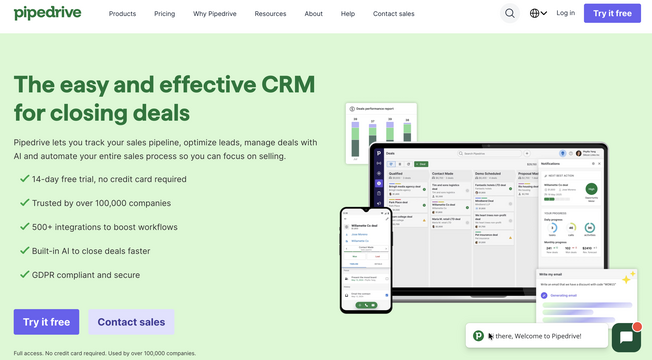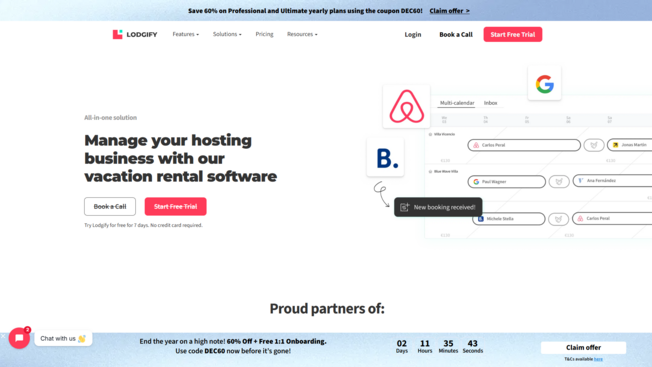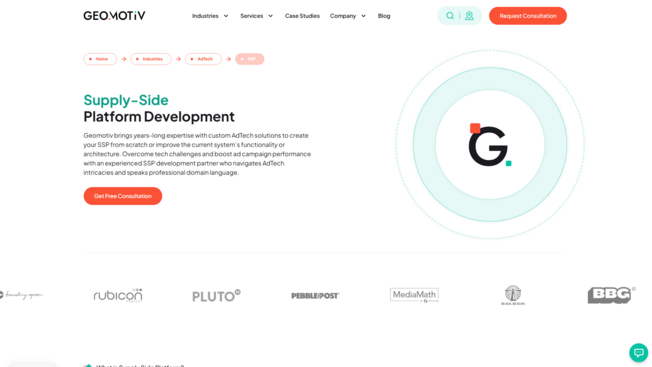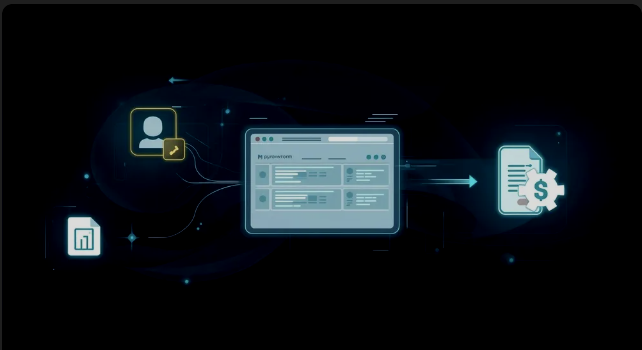
- @BlazeGenius
- @LondonCityCircleEntrepreneurSocials
- @InvestmentMastery
- @OnlineLeadGenerationStrategies
- @AiToolsForBusiness
Business organizations experimenting with agentic AI and related technologies stood at 48% a few years back. The numbers have now jumped to 72% and continue to rise. My direct experience shows business leaders rushing to learn how this technology can reshape their operations.
The concept of agentic AI needs a clear explanation for business leaders. Standard generative AI creates content, but agentic AI makes decisions and acts without constant human oversight. Gartner's latest forecast suggests by 2028, agentic AI will be part of one-third of enterprise software applications. This technology will handle 15% of routine decisions that currently need human attention. The distinction between agentic AI and generative AI stands out - one creates while the other takes action.
Let me share some powerful examples of agentic AI that deliver results in businesses of all sizes. AI-powered inventory management has cut stock errors by up to 50%. Predictive maintenance systems have reduced equipment breakdowns by 70%. These real-life applications show how businesses operate differently now. This piece offers a clear understanding of the technology without complex technical terms.
What is Agentic AI?
Business conversations everywhere now include agentic AI, yet many executives find it hard to understand what makes it unique. My experience with business leaders shows that breaking down its core concept helps them learn this powerful technology better.
Agentic AI definition in simple terms
Agentic AI marks the next step in artificial intelligence. These systems make decisions and take actions on their own with minimal human input. They do more than just analyze data or create content. By combining flexible features of large language models with precise traditional programming, they can pursue complex goals independently [1].
Agentic AI works through a simple four-step process that sets it apart from other AI technologies:
- Input: AI agents collect and process data from available sources such as databases, sensors, and digital interfaces.
- Reason/Planning: The agent develops a strategic approach to achieve its assigned goals, considering available tools, constraints, and potential outcomes.
- Act: The agent evaluates possible actions based on its planning, selects the optimal path forward, and determines specific execution steps.
- Learn: Agentic AI gets better over time through continuous feedback loops and each interaction [2].
The real power of agentic AI lies in its adaptability to new situations and context-based decisions. Unlike traditional automation systems with fixed rules, agentic AI uses patterns and probabilities to decide. This helps it solve complex, multi-step problems that needed human thinking before.
Large language models, machine learning, and natural language processing form the foundations of agentic AI's autonomous abilities. These systems take initiative instead of just responding to user inputs [1]. A digital sales and marketing agency campaign management platform powered by agentic AI demonstrates this capability perfectly. It can take and analyze client performance metrics, market trends to adjust ad spend, optimize content schedules, and recommend strategic pivots without constant marketing director intervention.
Agentic AI works much differently than regular chatbots and assistants in business settings. Take customer service as an example. Standard AI just answers basic questions. Agentic AI checks balances, suggests payment accounts, and waits for user approval before finishing transactions [2]. This shift from simple responses to smart decisions shows how businesses can use AI in new ways.
The field keeps growing. Gartner predicts that "by 2028, 15% of day-to-day work decisions will be made autonomously through agentic AI, up from 0% in 2024" [2]. This shows how fast agentic AI will reshape business operations across industries.
Applications range from self-driving cars navigating complex roads to virtual assistants handling advanced tasks. Each case shares one key feature: agentic AI notices information, solves problems, takes action, and learns from results—all while needing less human oversight.
Agentic AI proves most valuable when tasks get complex, data flows freely, and decisions need immediate action [2]. This makes it perfect for businesses facing quick changes or managing information-heavy processes.
Agentic AI vs other AI types
Business leaders grasp agentic AI better by seeing how it differs from other AI technologies. My work with executives shows that visual comparisons help clarify agentic AI's unique features and business uses.
Read the rest of article - click here: Agentic AI

















Leave a Reply